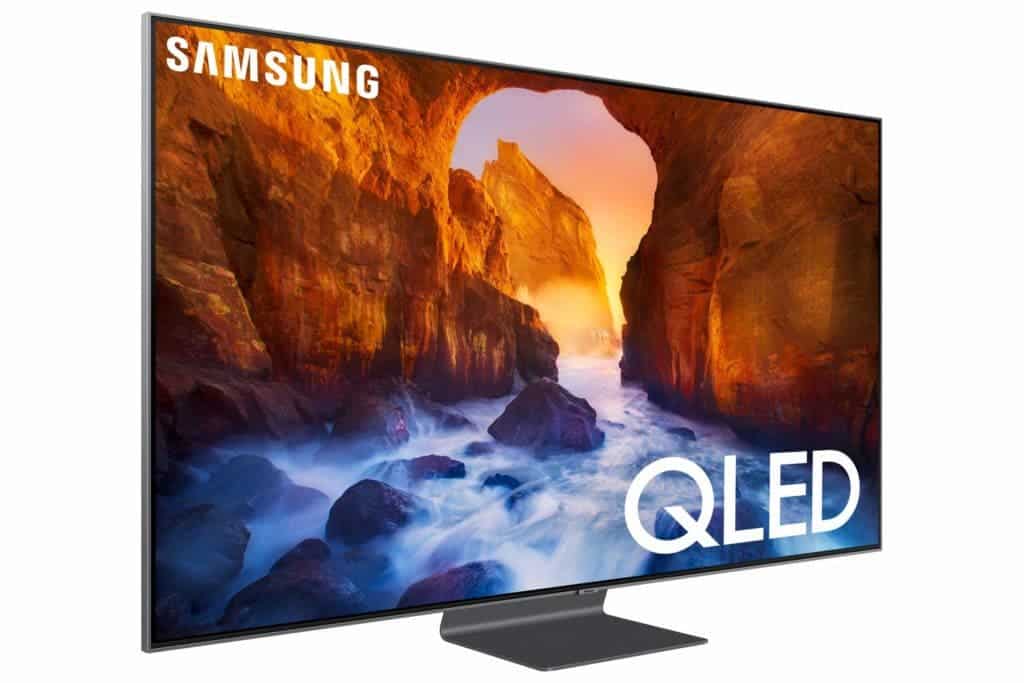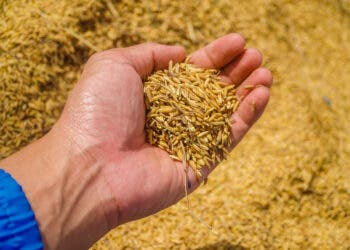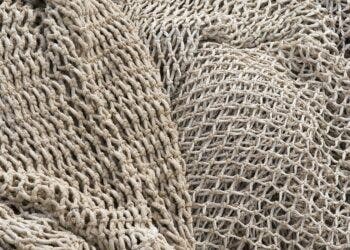Researchers at Samsung Electronics recently described a new method that extends the lifetime and efficiency of quantum dot light-emitting diodes (QLEDs). Although researchers are still not sure if they will ever be able to commercialize self-emissive QLED displays, this technology may become a defining component of flagship TVs and displays in the future.

Quantum dots are artificial nanoscale crystals that can transport electrons and have varied properties, depending on their shape and material. Researchers first noticed in the early 1980s that if they made semiconductor particles small enough, quantum effects would come into play — enter the world of quantum dots.
What we now know about quantum dots is that their optical properties can be finely tuned depending on their size. For instance, these nanoparticles can be made to emit or absorb specific wavelengths of light — which is essentially color — by controlling their size. A 3-nanometer quantum dot can convert a spectrum of light into green while a 6-nanometer quantum dot gives off the color red.
Due to their appealing physical properties, quantum dots can be employed in a wide range of applications in such areas as electronics, photonics, information storage, solar energy, medicine, sensing, or medicine — to name just a few.
Most people have heard of quantum dots because of TV screens. Samsung Electronics and LG launched the first QLED TVs in 2015.
However, these TV sets do not use QEDs as a light source. Instead, a liquid crystal display (LCD) acts as the backlight, which is absorbed by a film of quantum dots that emits luminance. But in the future, self-luminating QLEDs might become a reality.
In a new study published in the journal Nature, researchers at Samsung, led by Dr. Eunjoo Jang and Dr. Yu-Ho Won, improved the structure of a quantum dot made out of indium phosphide.
The study describes how the novel structure prevents oxidation of the core and prevents energy from escaping by wrapping the quantum dot into a thick shell.
Results show that the quantum dot diodes have a lifetime of a million hours. Their efficiency also improved by 21.4% compared to the previous record holder. Another important achievement was the usage of indium phosphide, which is non-toxic and environmentally friendly. Most QLED research has employed cadmium, which has the highest performance as a light source due to its extraordinary malleability and integrity. The problem is that cadmium is toxic.
Quantum dots are both photoluminescent and electroluminescent, both properties that will be at the core of the next-generation of displays. Compared to organic luminescent materials used in organic light-emitting diodes (OLDEs), quantum dot-based diodes have purer colors, longer lifetime, lower manufacturing cost, and lower power consumption. And since quantum dots can be deposited on any structure — you can literally spray or paint them on surfaces — QLEDs can be flexible or printed.
Samsung seems very serious about this technology. In October, it vowed to invest $11 billion by 2025 to produce genuine, self-luminating quantum dot displays. The South Korean tech giant has so far over 170 patents on element structure in QLEDs.






